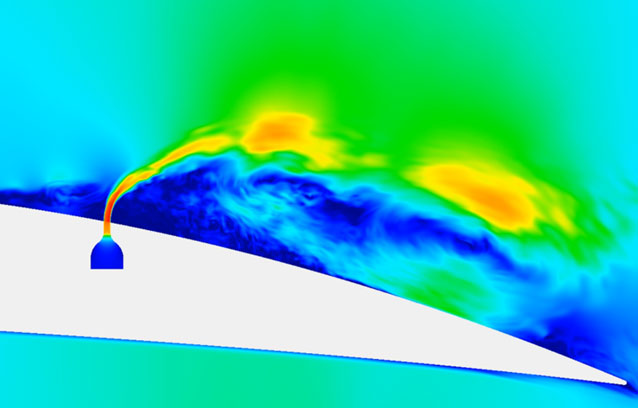Techsburg and Virginia Tech selected for a USAF Phase I STTR contract entitled “Dynamic ScreenVanes for the Generation of User-Prescribed, Time-Varying Inlet Distortion”

ABSTRACT: Next generation air platforms commonly incorporate embedded propulsion systems that can offer both aerodynamics benefits and reduced radar signature. These designs typically require compact offset diffusers that can generate non-uniform flow at the aerodynamic interface plane (AIP). Methods of evaluating the impact of the mean distortion patterns generated by these ducts on engine aeromechanics, performance, and operability have existed for many years. Distortion generating screens have been the industry standard for evaluating total pressure distortion effects in land-based engine tests for decades and more recently StreamVanesTM and ScreenVanesTM, developed by Virginia Tech, have improved the testing capabilities by generating swirl distortion as well as total pressure distortion. Despite these advancements, the need for further improvement remains. Both experiments and scale-resolved simulations of offset diffusers have shown that the resulting exit flow can not only be distorted but also highly unsteady. The impact of this unsteadiness on the engine is currently unknown and further research is necessary. To address this need, the team of Techsburg, Inc. and Virginia Tech are proposing the development of Dynamic ScreenVanes, an advancement on current ScreenVaneTM technology that will be able to produce both mean and time-varying components of fan face distortion. The proposing team will leverage its extensive experience in ScreenVaneTM design, flow control and unsteady aerodynamics to design and evaluate multiple passive and active approaches to adding the unsteady component to their existing distortion generating technology.
